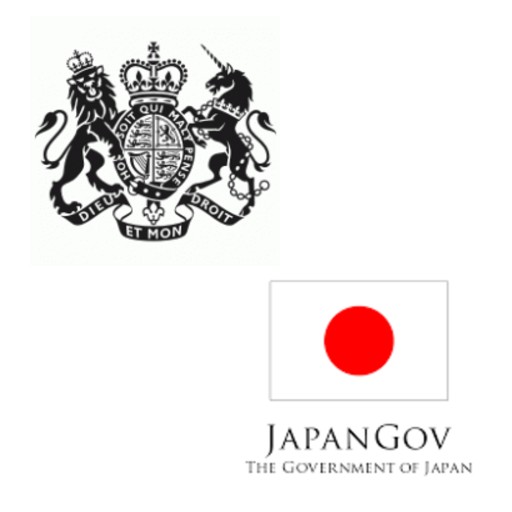

Walmart, an American multinational retail corporation, operates a chain of hypermarkets, discount department stores, and grocery stores in 27 countries around the world. Walmart reported total revenue of $524 billion for fiscal year 2020, keeping its spot as the world’s largest company by revenue since 2014. With 265 million customer visits every week, Walmart is on a mission to create omnichannel shopping experiences in its brick-and-mortar stores.
The average Walmart store is about 180,000 square feet and stocks around 100,000 different items. Navigating a Walmart store can be a challenge, especially for new visitors.
In 2018, Walmart launched the Store Map feature on its mobile app. The feature includes the unique layouts of all 4,700+ Walmart stores in the USA, with every item in the store mapped down to the exact aisle and shelf area.
Using the Store Map feature, customers simply search for an item and the app drops a pin showing the item’s location in the particular store where the customer plans to shop. Yellow navigation signs, installed at the end of each aisle inside the store, let customers know precisely where to look.
The map also show other major points of interest within the store, including Customer Service, Pickup, Pharmacy, and the restrooms.

The enormous project involves collaboration between different team members within Walmart in order to ensure the maps are constantly updated. Store teams have to place products in their correct place and maintain their aisle signing (the yellow navigation signs at the end of each aisle). Real estate layout teams have to maintain and update different versions of store floorplans. And app designers and developers have to put all this information together in maps that customers can use on both iOS and Android.
Black Friday, the day after Thanksgiving, is typically regarded as the beginning of the Christmas shopping season in the USA. And Walmart’s Black Friday sale is its biggest shopping event of the year.
Walmart has created exclusive Black Friday Store Maps for every one of its stores. Customers can open the Walmart app on their smartphones and find a Black Friday Store Map for the specific store they plan to shop at. The in-store locations of the most sought-after deals go live a few hours before the Black Friday event starts, so customers can access and plan their in-store navigation at home to save time.
For customer convenience, Walmart has created a “Map Your Deals” button at the bottom of the Black Friday advertisement in the app. Upon clicking this button, customers can view the high-demand product locations, which are marked via color-coded maps. Using Geo-fencing technology, when customers are inside the store, the app will automatically display the “Map Your Deals” button on the main dashboard of its front page, so customers can access the maps easily.
A typical Walmart supercenter sells approximately 100,000 items. Naturally, restocking shelves, finding and returning misplaced products, and tracking inventory levels are the most challenging tasks for store employees.
In 2017, Walmart partnered with San Francisco-based startup Bossa Nova Robotics to place autonomous shelf scanners in 47 of its stores across the USA. The automated shelf scanners – six-foot tall machines equipped with 15 different cameras each – roam the aisles inside the stores and send alerts to the store employees’ handheld devices when items go out of stock.
The robots are programmed to help identify where in-stock levels are low, prices are wrong or labels are missing, providing employees with a real-time view of store inventory.

In 2019, Walmart’s tech incubator Store No 8 positioned its new Intelligent Retail Lab (IRL) within one of the company’s busiest locations – the Walmart Neighborhood Market in Levittown, New York.
The IRL is set up to gather information about what’s happening inside the store, through an array of sensors, cameras and processors. The main focus of the equipment is product inventory and availability.
Using Artificial Intelligence, the system has been trained to detect items on the shelves, recognize the specific product types, and compare the quantities on the shelves to the predicted sales demand. The system automatically triggers out-of-stock notifications to internal apps that alert store employees to re-stock particular items.
Ultimately, Walmart is making its stores more convenient and easier to shop at by balancing the use of technology and human workers to ensure that products are searchable and always available when customers want them.


Britain and Japan have signed a research and technology deployment collaboration to develop new robotics and automation techniques for nuclear decommissioning and fusion energy production in both Japan and the
u-blox AG has announced the u-blox 5 family of GPS and Galileo-ready single chips and chipsets featuring an acquisition performance of under 1 second.
© Geospatial Media and Communications. All Rights Reserved.